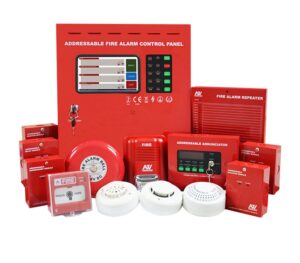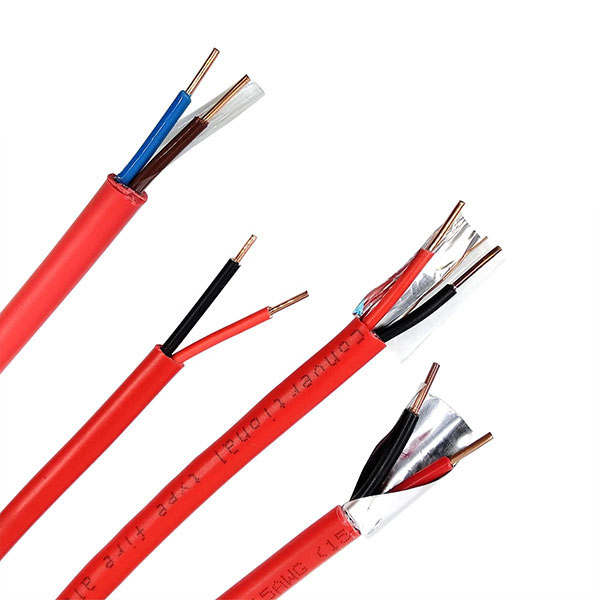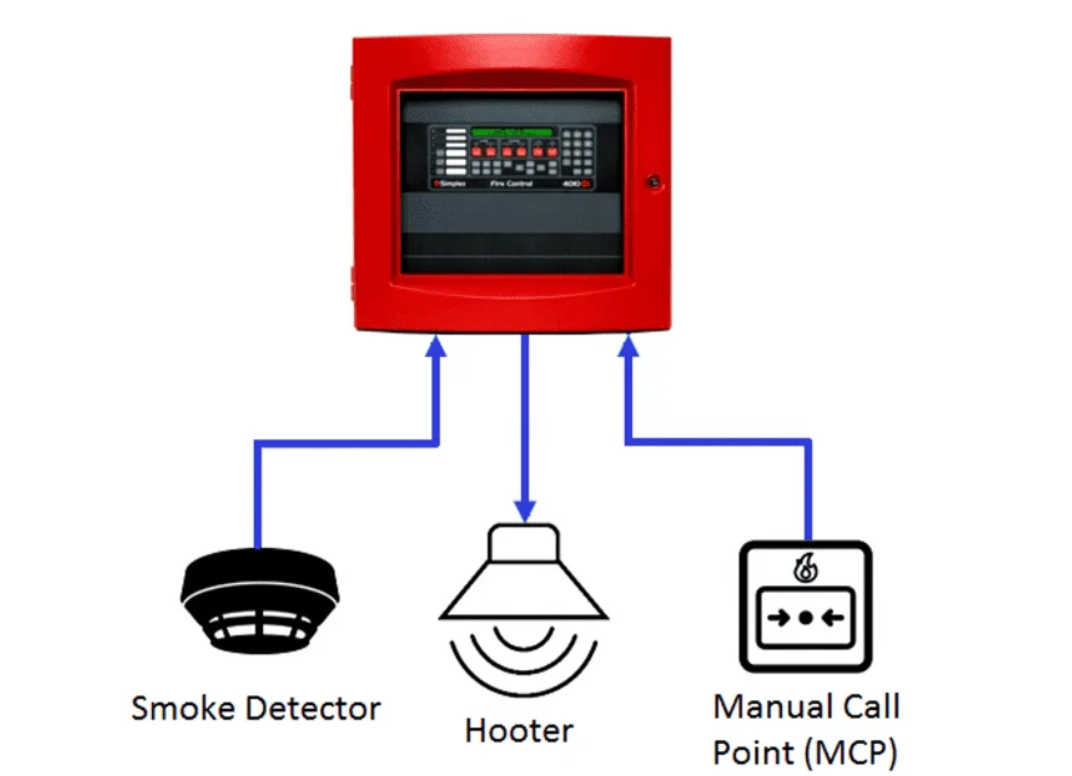Fire alarm system cable
If standard and suitable cables are not used or the wiring is defective, the system will not work properly in case of fire.
In general, circuit cables can be used fire alarm The circuit cable can be divided into two groups and according to the characteristics of each group, the suitable cable can be used:
Group 1:
Cables that are not used after the fire is revealed. such as detector cables and washers.
Group 2:
Cables that are used after fire detection. Such as power supply cables and sirens and lights. For the first group, you can use 1.5 mm square cable with sheath and Protodor insulation, but in places where there is a possibility of being hit or rubbed and chewed by animals, you should use a cable equipped with a mechanical protective sheath. The same cable can be used for group two. provided that there is an additional mechanical protection such as steel pipes or that at least 12 mm of plaster is embedded inside the PVC pipe below.
fire alarm control panel
The main and most important part of the fire alarm system is the central control panel.
This system is in charge of the communication between sensors and detectors and fire alarm devices such as sirens and lights. In the conventional fire alarm system, the detectors are connected to the central control panel in such a way that when a fire occurs, triggering the detector or pressing the fire alarm finger creates a short circuit in the circuit, and the circuit current increases (not to the point of complete short circuit). be considered and cause an error to be declared). As a result, the control center announces a fire. After detecting the fire, the central control panel connects the relevant relays through the electronic circuit and activates the sirens and warning lights. The central board usually has facilities for testing different parts of the circuit.
To choose the central fire alarm control panel, the following should be considered:
A) Starting the building (area and number of floors)
b) building use (residential, office or industrial)
c) The number of zones
d) Type of designed system (conventional or addressable)
Checking the correctness of system operation, restarting detectors, silencing sirens and turning off visual warning equipment, saving information and events, displaying the current situation, establishing telephone communication with responsible centers and printing reports are among the operations that the central fire alarm control panel is able to perform. it is them



